Le point aveugle
Loosely inspired by Walter Benjamin’s concept of ‘optical unconscious’, Niederstrass explores how our eye and the camera comprehend time and space in widely distinctive ways. Building on this gap in perception, the artist offers the viewer a photographically manipulated reality aiming to let the eye become aware of its own unconscious work.
With this new exhibition, Niederstrass focuses on how our gaze spontaneously seeks traces of invisible worlds in images, in search for references that might belong in the spiritual realm. Thus, Recoleta Cemetary was offered to her as a great starting point for the developement of this new body of works. The photographs presented in Le point aveugle aim to preserve as much as they transform. Produced in Argentina using silver film, the artist then digitized the photograph’s negatives and digitally post-processed the images. Niederstrass hence questions Benjamin’s intuition as she tries to make visible what our perception first makes invisible.
Highly aware of the exhibition physical context, Niederstrass’ new work also invest the gallery space with an installative perpsective that reflects on the cultural and symbolic form of how archives are constructed. Intertwining photographs and sculptural objects presented as carefully preserved heritage, Niederstrass aims to confront the viewer to the idea of how memory is a construction. The artist thus questions the museum practices relating to the idea of archives, its materials, its principles and its cultural symbolic effects, furthuring her research on our relationship to history, information and historical evidence.
This body of work was presented in 2017 at Galerie Trois Points in Montreal.
Photo credit : Jean-Michael Seminaro
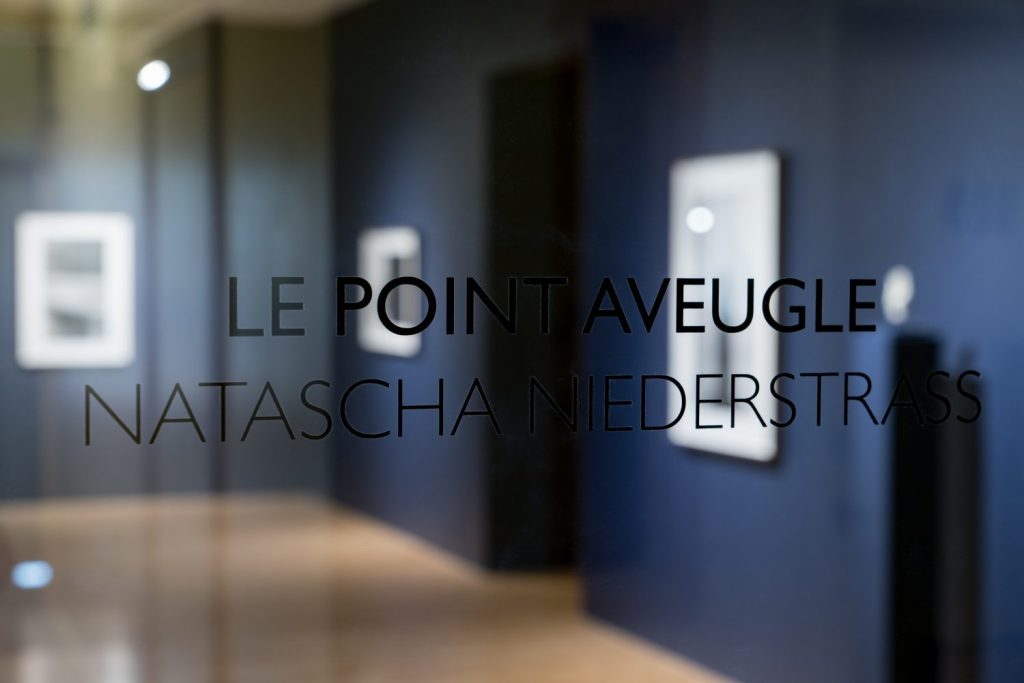
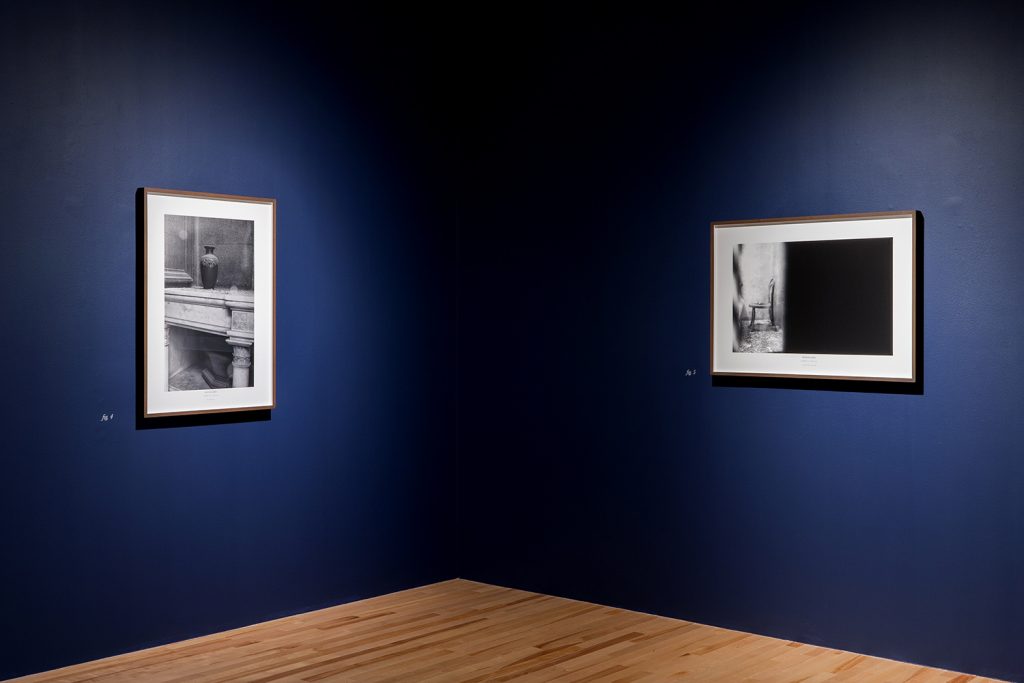
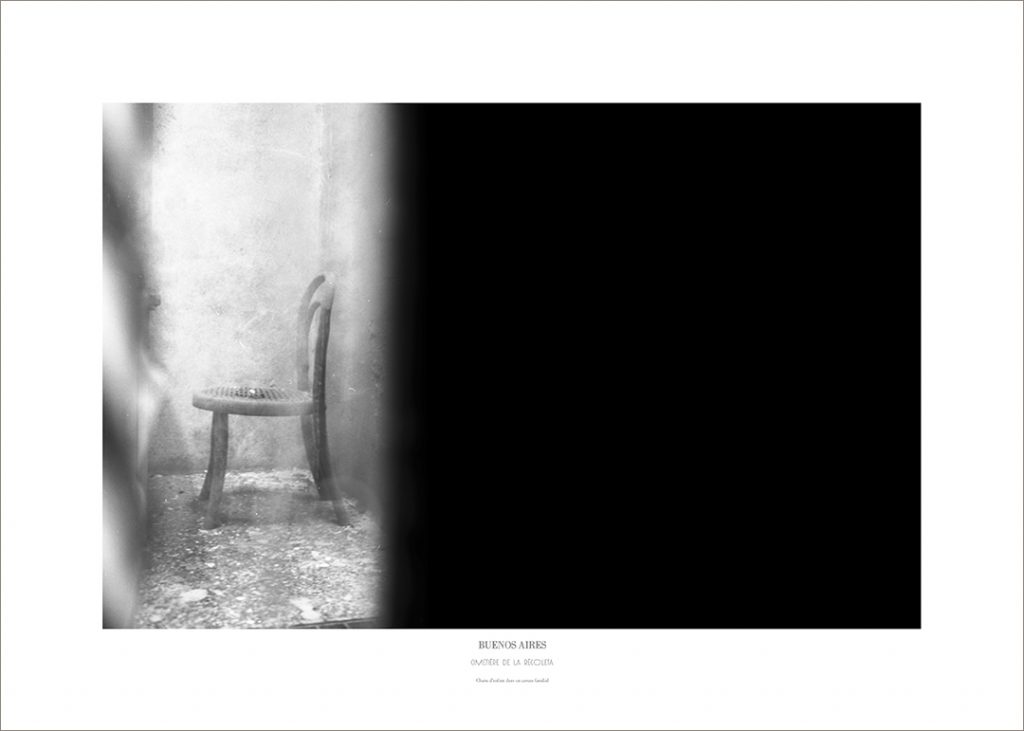
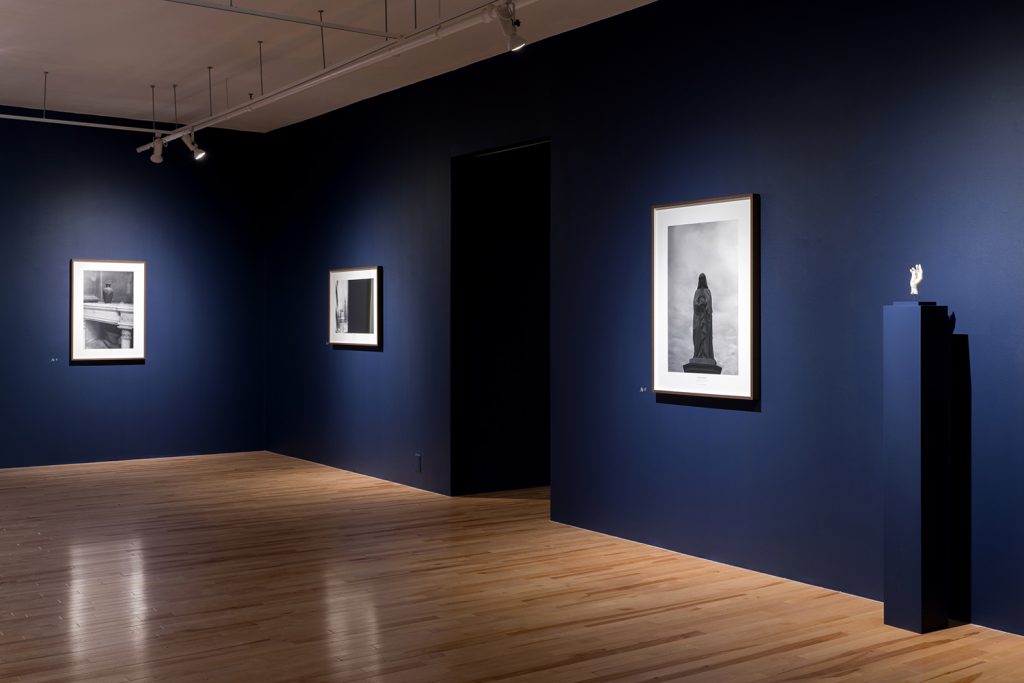
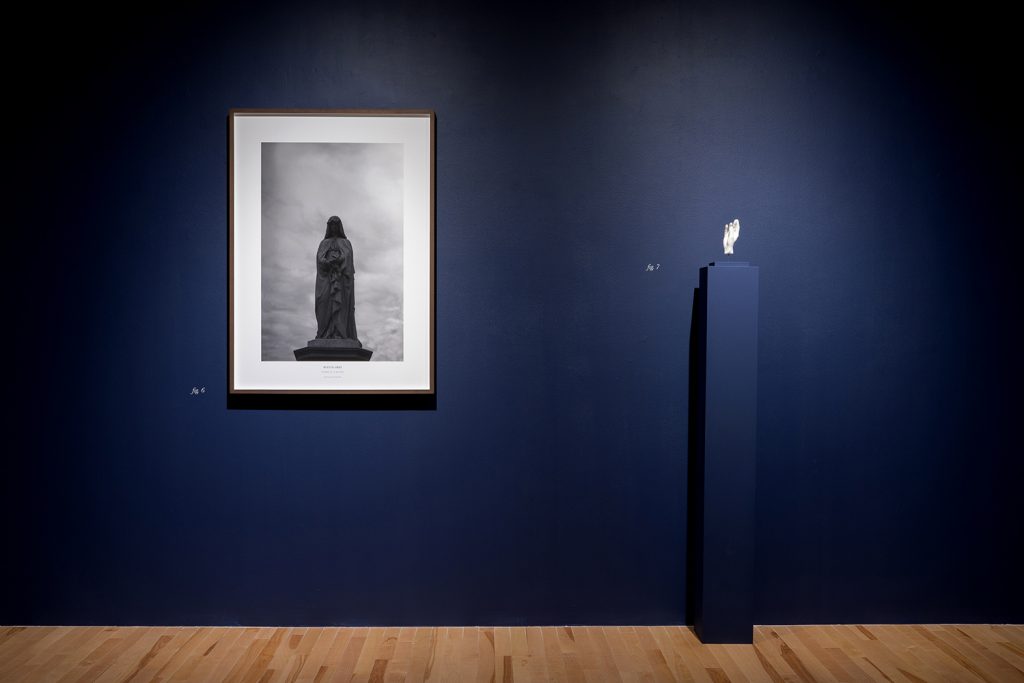
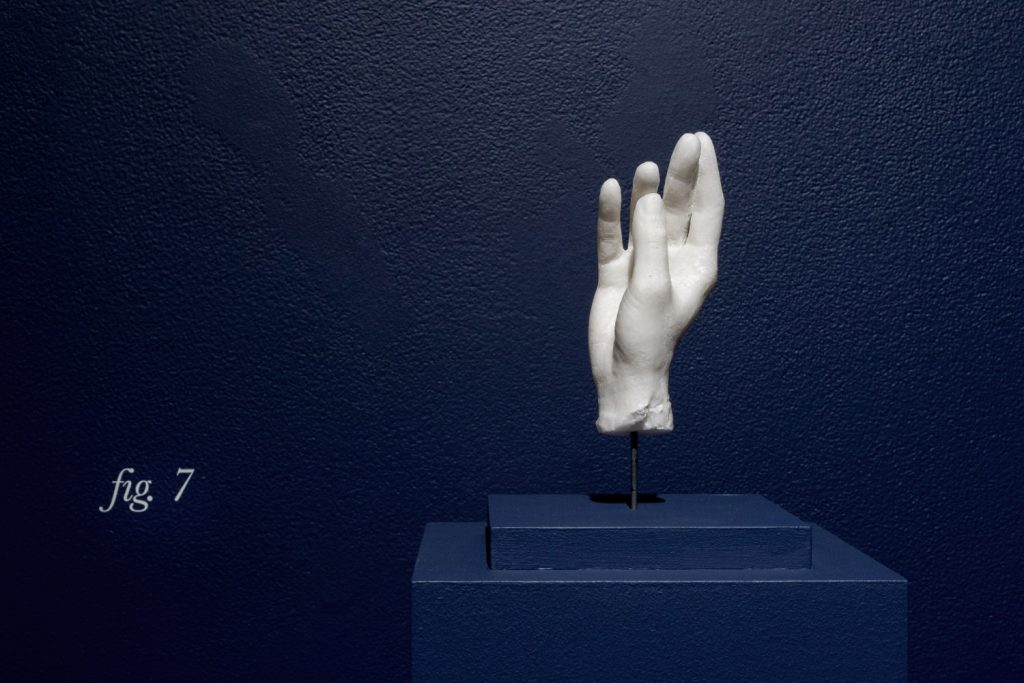

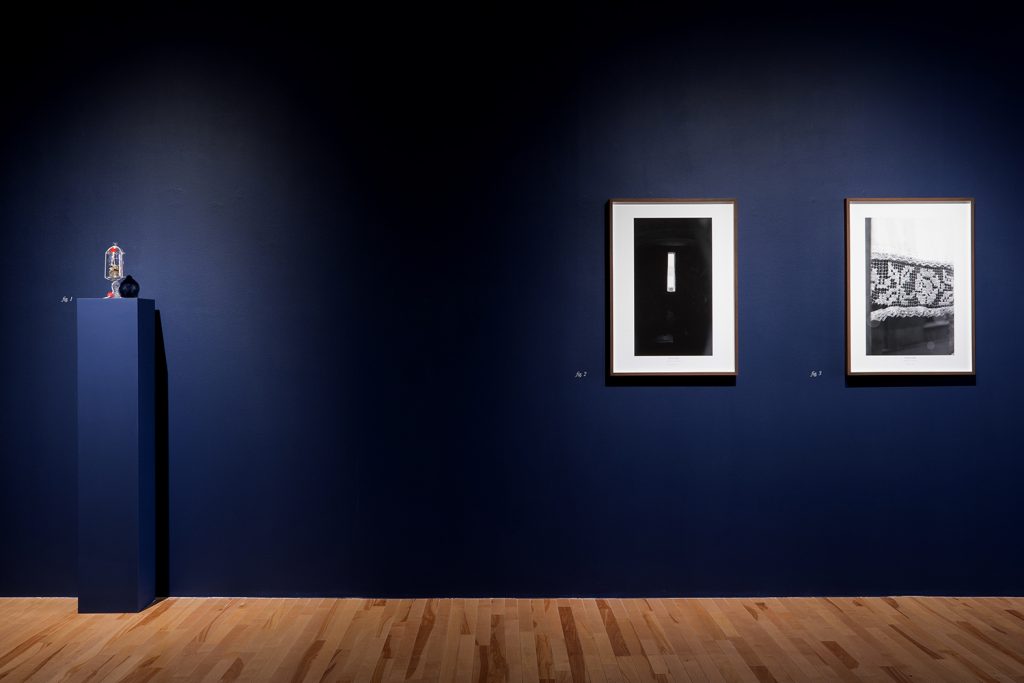
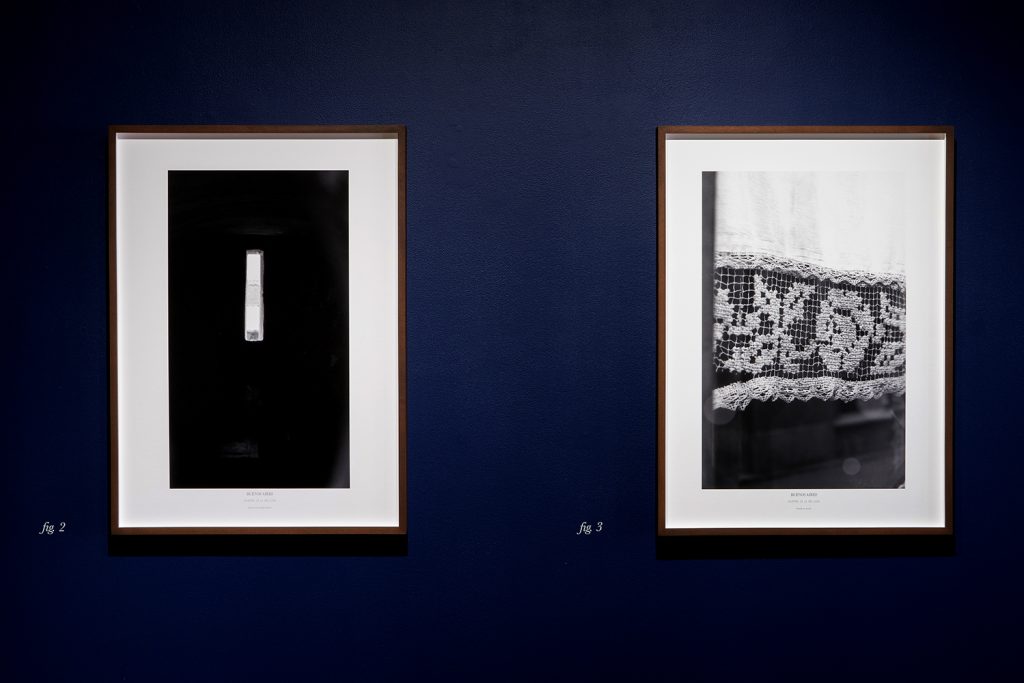
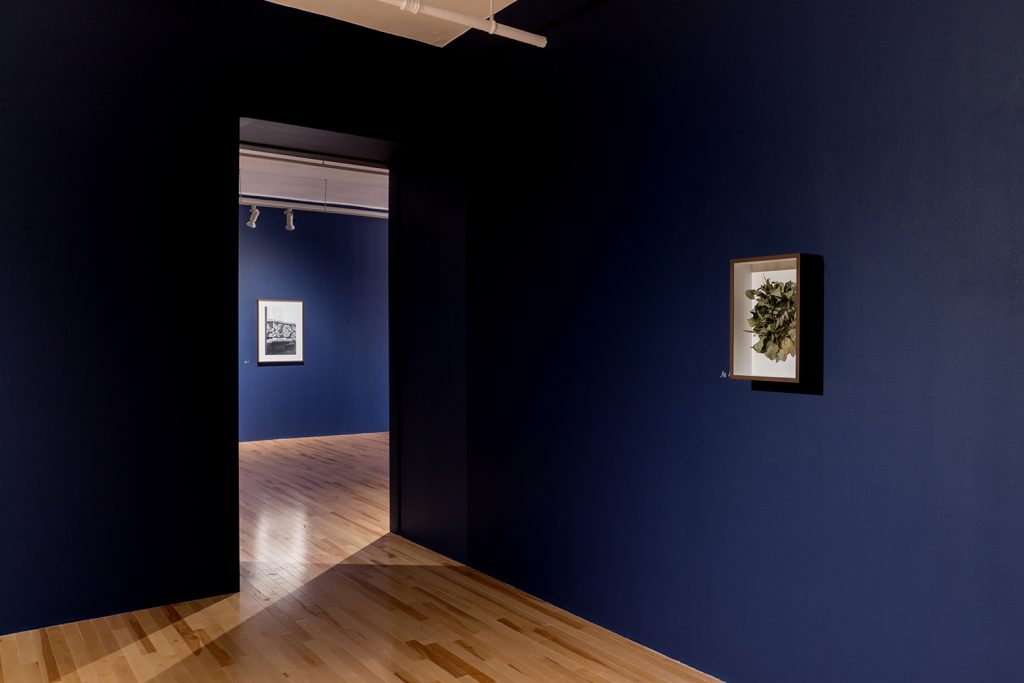
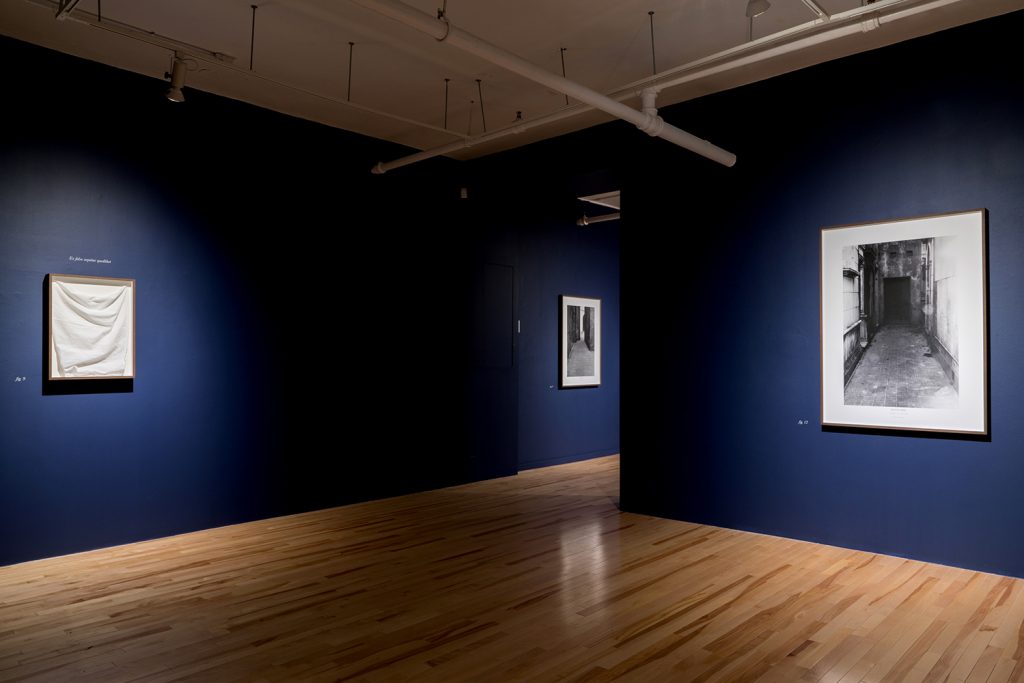
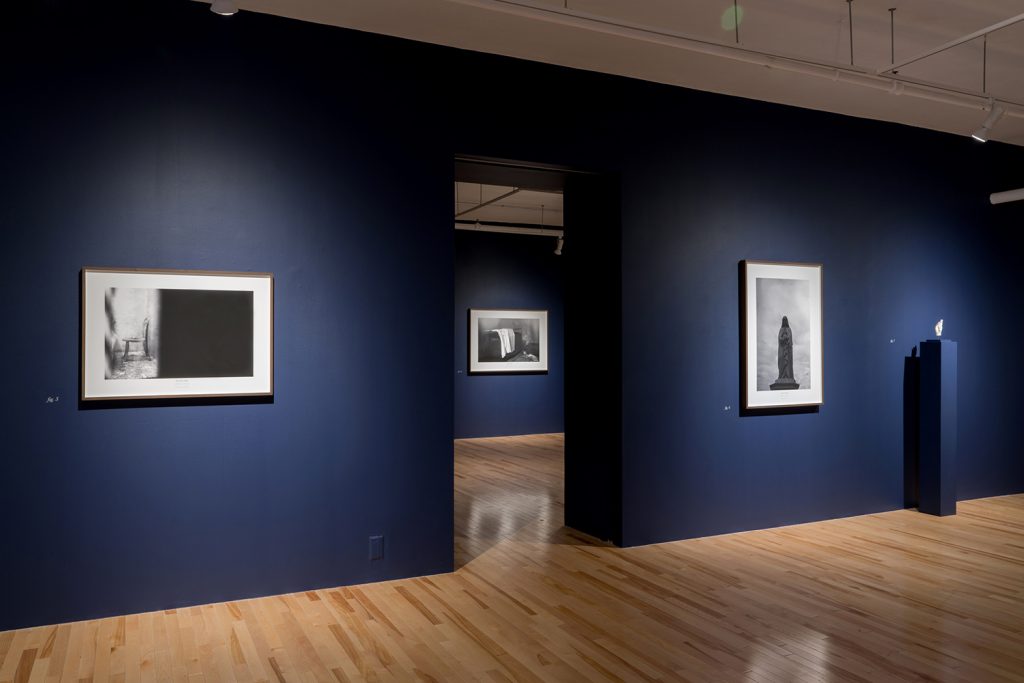
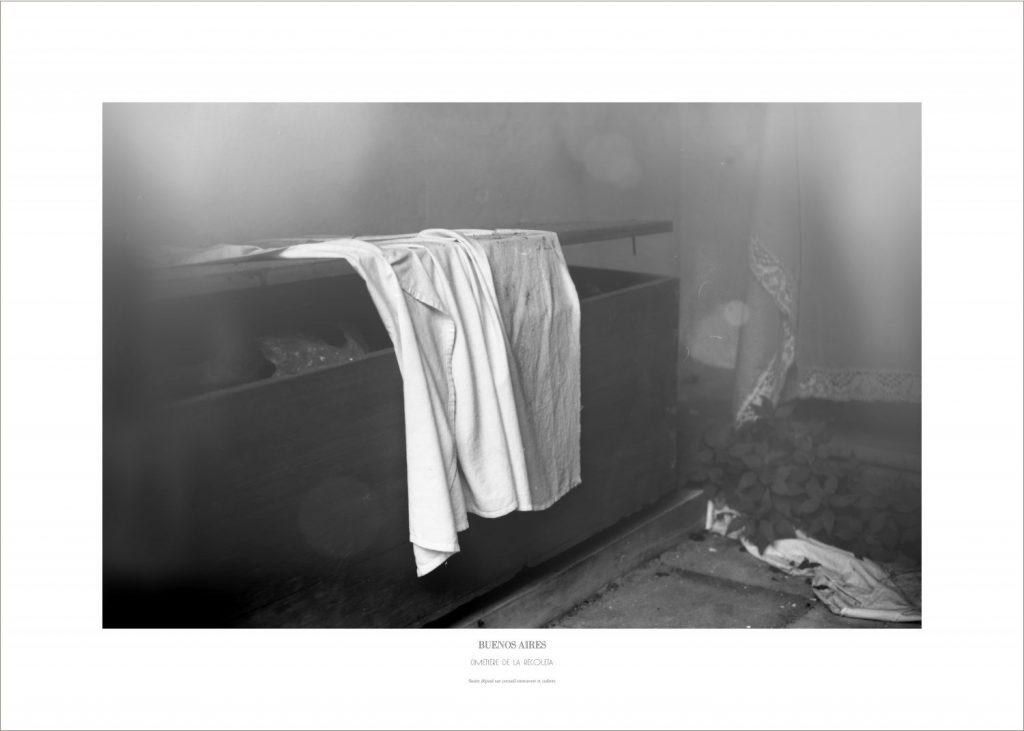
Collection of the Montreal Museum of Fine Arts